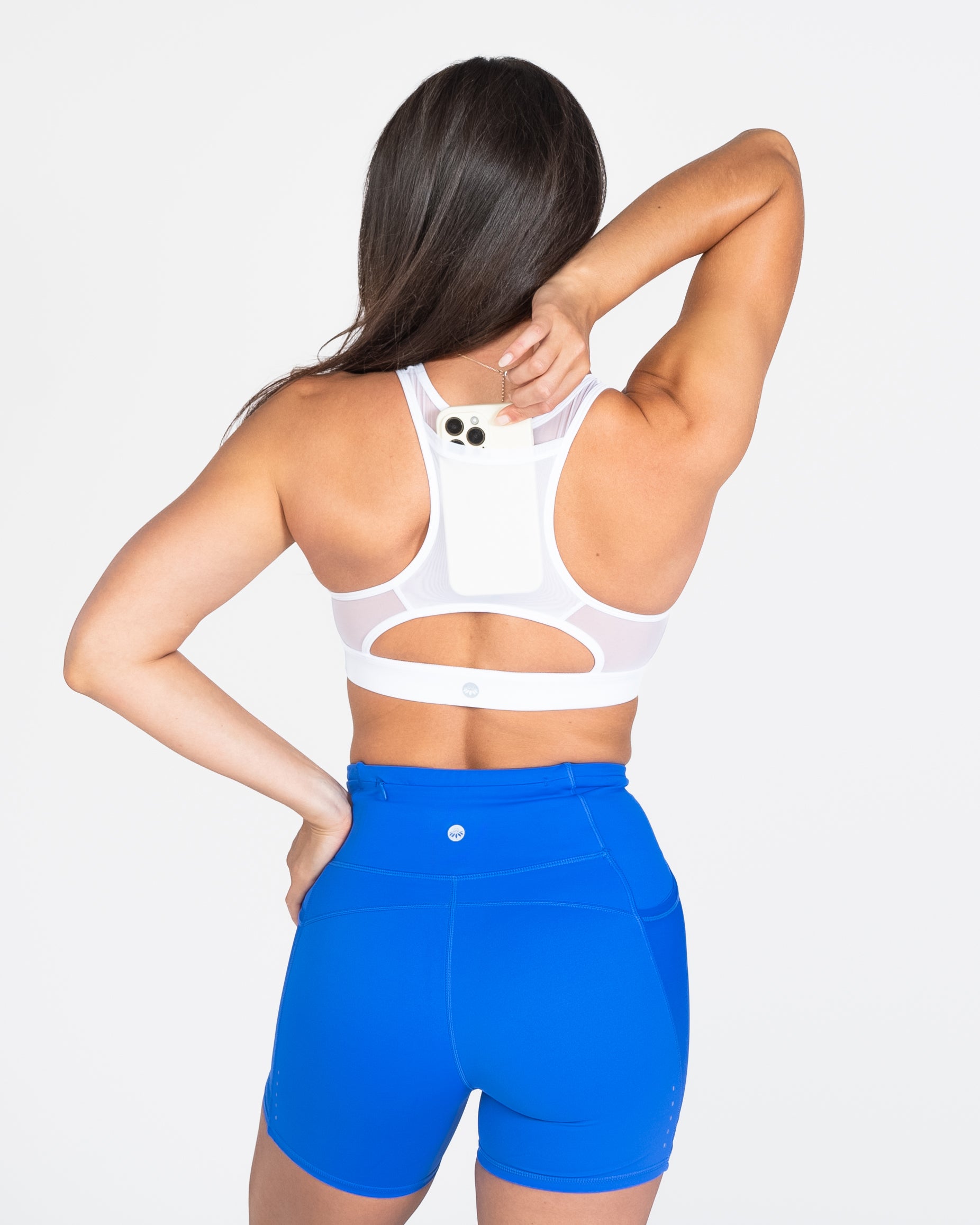Written By Katy Craner, co-founder of The Body Benefits
Before you read any further, without moving or changing position, take a look at your posture right now. How are you carrying yourself at this moment? Think about the activity you’re doing, whether it’s stationary or moving. Now, answer this question in your head: Am I carrying myself in a way that allows me to FULLY benefit from what i’m doing right now?
Posture is simply how you carry yourself during an activity or through stillness.The body is complex and has many working systems.Each of them have specific responsibilities to help us meet the demands of our lifestyles.
What is Good Posture?

Everyone has different lifestyles and patterns of movement. These patterns are repeated over and over to create neural pathways (brain mapping), which develop into habits. Good posture is positioning the body in the most optimal way to meet the demands of your movement patterns. For example: You don’t run on a desert trail in the same position you deadlift. You don’t fold your laundry the same way you throw a baseball. Awareness becomes your first tool in finding good posture. A great indicator of good posture is an endurance test. How long can my body last while performing this activity? Conversely, repeating any movement in a suboptimal posture creates negative brain mapping, which can lead to injury and both physical and mental imbalances.
Neutral Spine
It’s important to understand life is not meant to be lived in a neutral spine. Our bodies are designed to move through many planes of motion. However, it’s equally important to know where the neutral spine is because it brings our awareness to the stabilizer muscles that help keep us balanced and aligned. Think of it as your home base.
Neutral Spine is when the Sacrum, Scapula, and Skull are aligned, with the spine following its natural curves. Stabilizer muscles include those that support these four areas: Glutes, Pelvic Floor, Hip Flexors, Transverse Abdominals, Diaphragm, Erector Spinae, Scapulae, Pec Minor, Serratus Anterior, just to name a few.
When moving in and outside the neutral spine, strong stabilizer muscles can provide a sense of grounding, balance, strength, and adaptability.
The Key to Adjusting Your Posture
Whether your cooking, cleaning, exercising, working, playing sports, watching sports, or any other activity that makes up your life, positioning (or repositioning) yourself in the best posture possible calls for a few simple things:
-
AWARENESS: This is the first step. Becoming aware of how you position yourself not only helps create better brain mapping, but you also become more in tune with the relationship you have with yourself.
-
MOVEMENT: Motion is Lotion! Being mobile is one of the best ways to develop a healthy posture. It is recommended* to have 150-300 minutes of moderate physical activity and perform strength training exercises that work all major muscle groups 2x week. Movement builds endurance and improves function, increases bone and joint health, exercises and balances the nervous systems, releases “happy hormones” like dopamine and endorphins, and keeps the connective tissues supple and hydrated.
-
NUTRITION: The way we fuel ourselves is correlated to the way we hold ourselves. Nutrition not only provides sustenance and fuel to our physical bodies, but also our energetic bodies. When we feel better, we hold ourselves better.
-
REST: Don’t undervalue this important contributor to a healthy posture. Sleep and rest is essential for overall health, and if this part of our lives is unbalanced, it often manifests in the way we carry ourselves. Lack of sleep or rest contributes to lack of energy and can lead to injury through poor posture. Rest also improves function and endurance and balances the nervous system.
Please note: There are some cases in which additional help is needed. Consulting your physicians and/or specific therapists is a wonderful option in helping you discover what is going on and how to approach treatments.
Now…Let’s revisit the beginning of this article. Once again, take a look at how you’re carrying yourself in relation to what you’re doing. Are you positioning yourself in the best way possible to fully benefit from the activity you’re doing?
Different activities demand different postures. Awareness is the first step. Become in tune with your body. Explore movements in and outside the neutral spine. Fuel, and Rest your body. May your posture allow you to fully benefit from the daily activities in your life.
Sources:
Image: Katy Craner, The Body Benefits
*American College of Sports Medicine, https://www.acsm.org/education-resources/trending-topics-resources/physical-activity-guidelines
Written by: Katy Craner, 500hr RYT & Co-Founder of The Body Benefits
Edited by Amy Will 17x Marathoner






